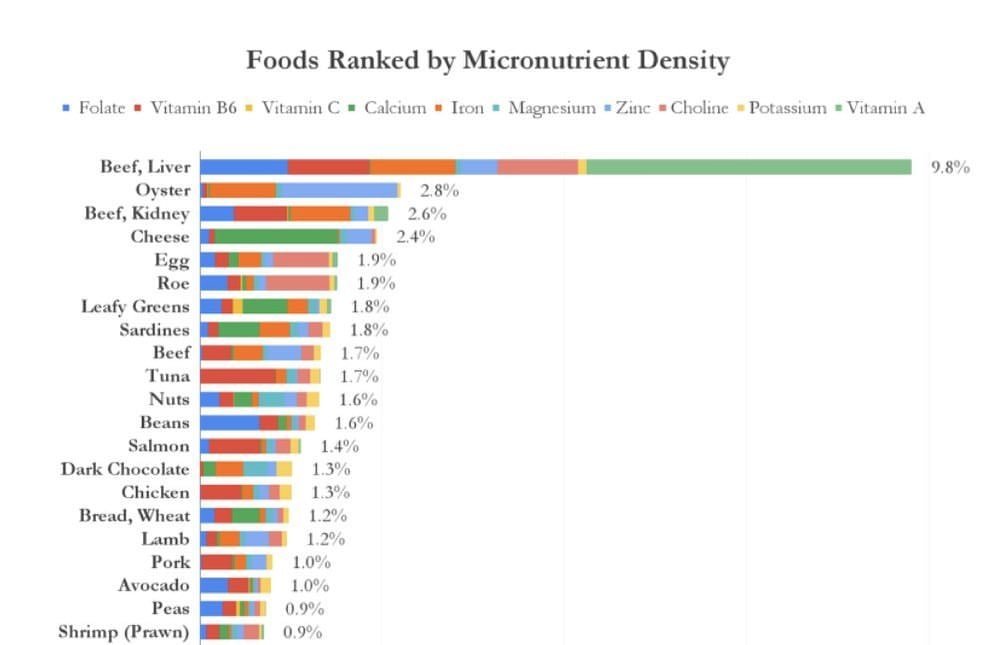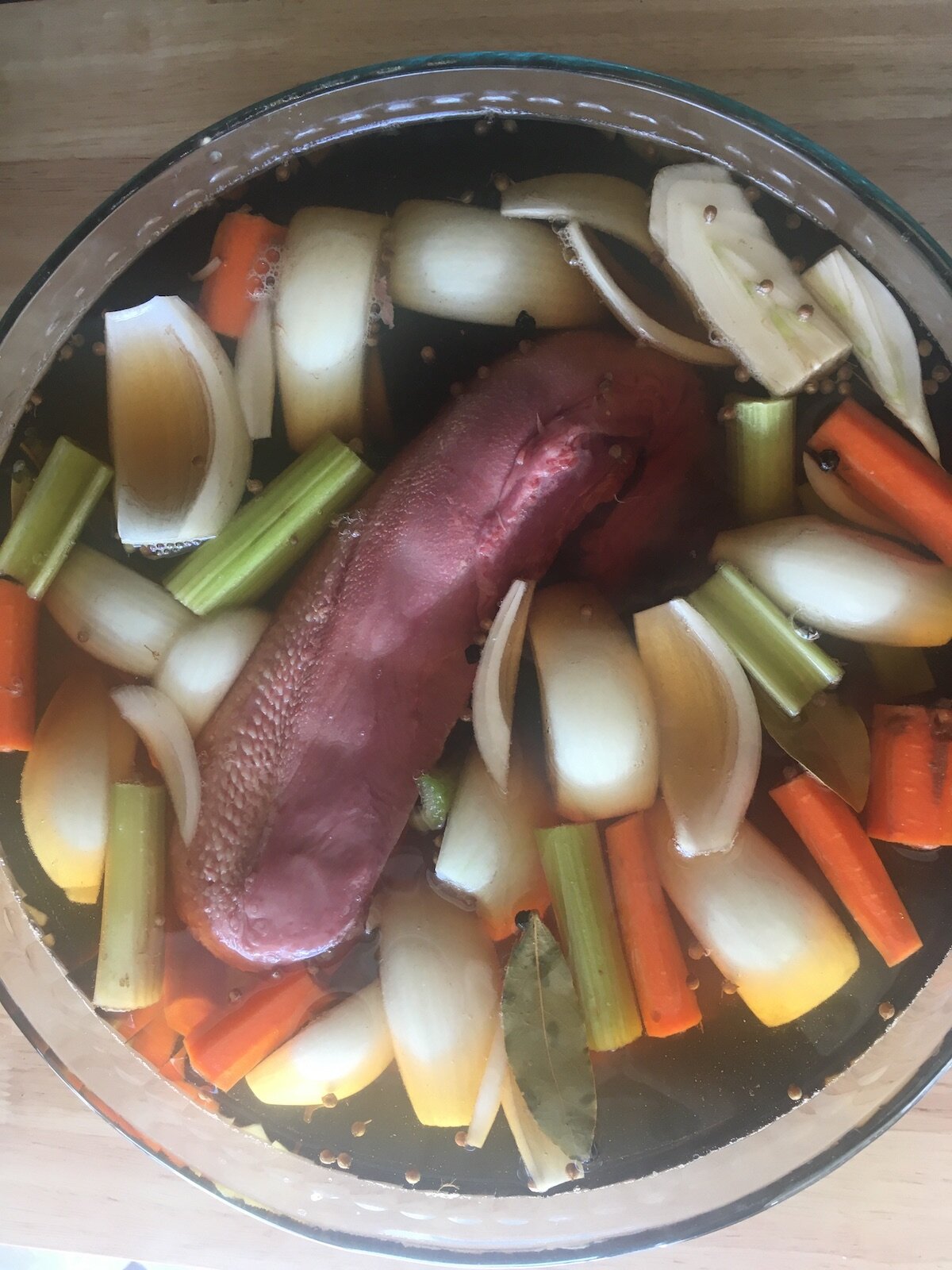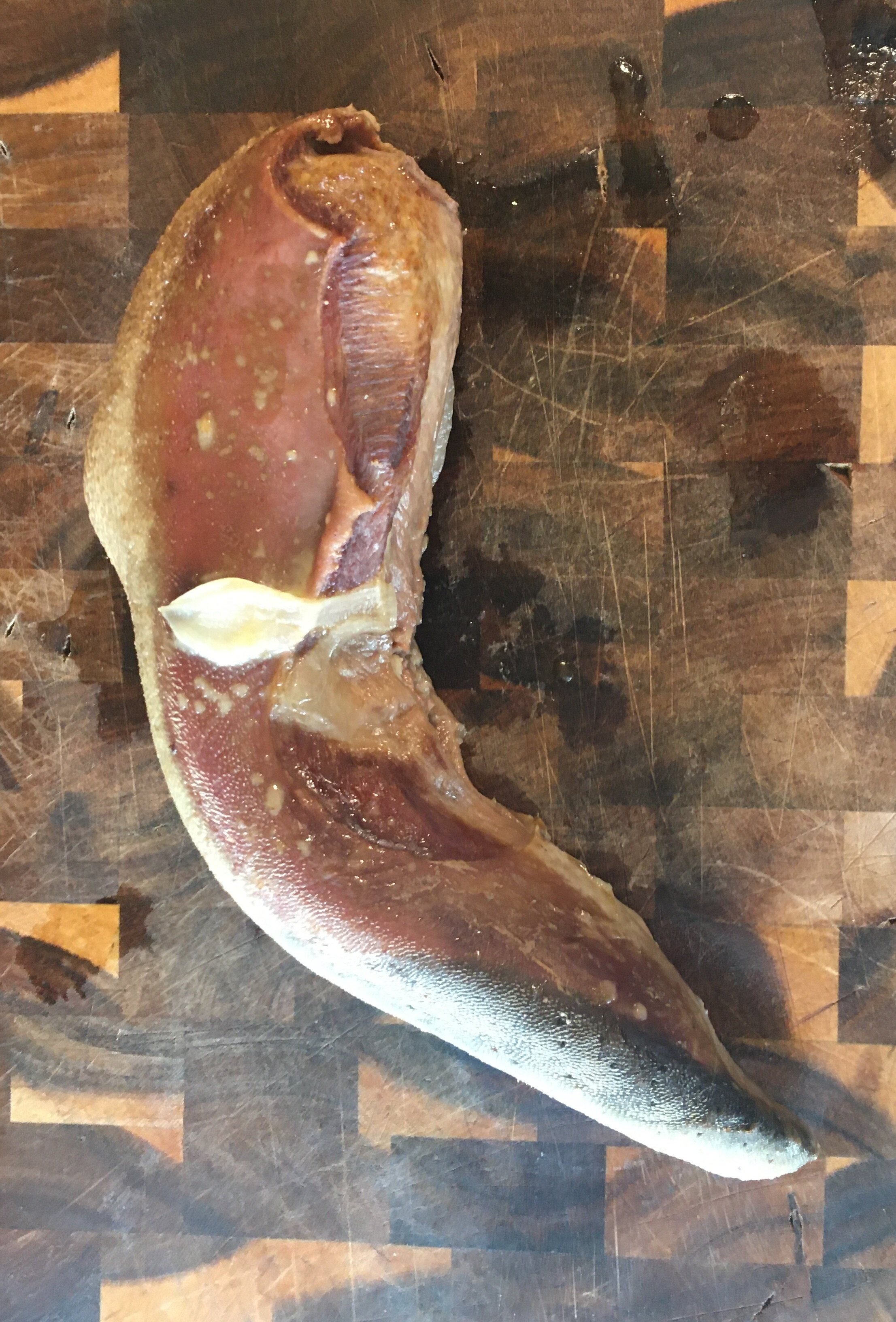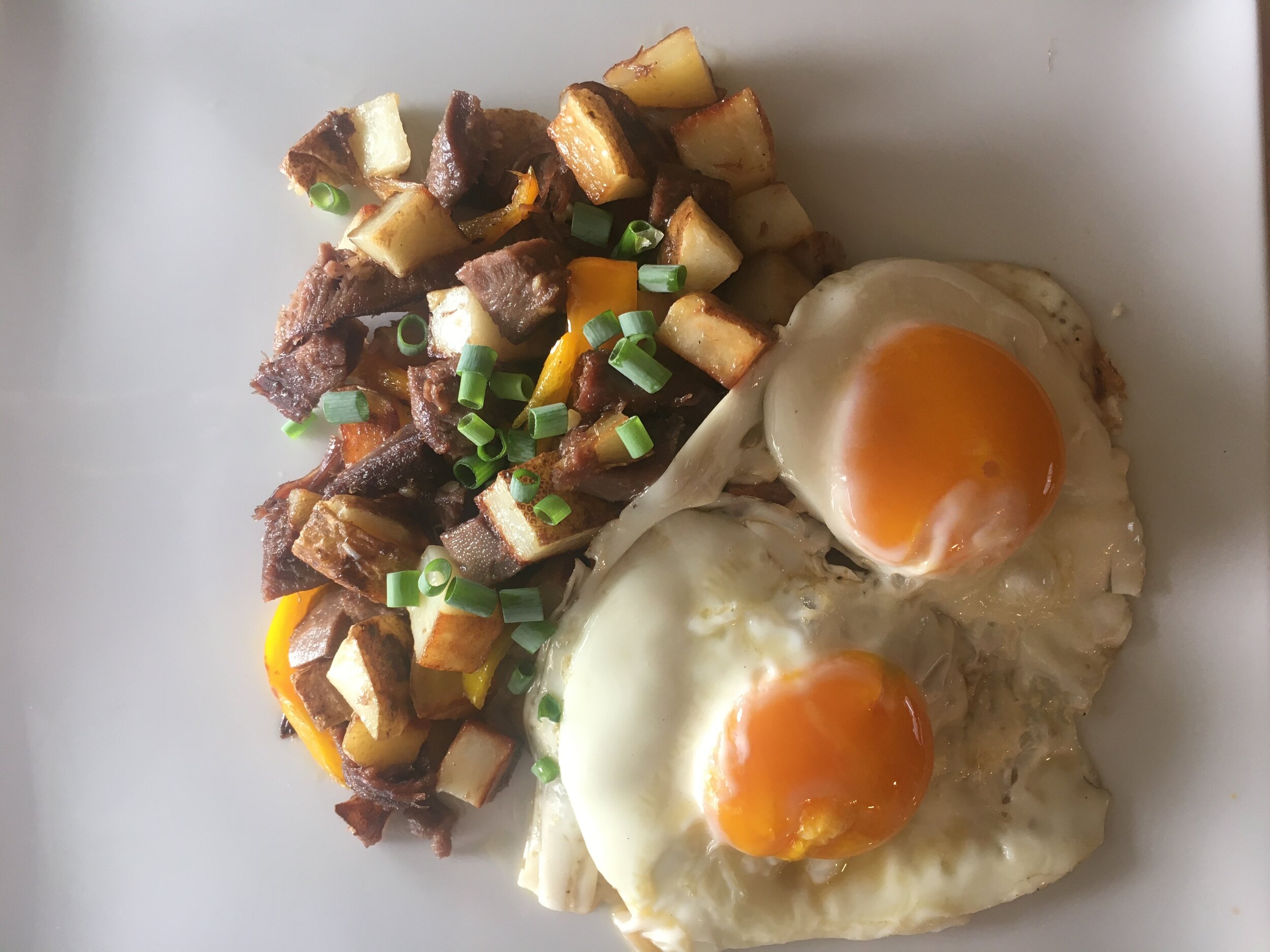Cooking grass fed beef isn’t drastically different from preparing conventional, grain fed beef. For the most part, you can use grass fed beef in the place of grain fed beef in all of your favorite recipes. That being said, here are a few tips that can help you make the most of your organic, grass fed, grass finished beef.
Succulent Roasts: Low and Slow
Grass fed beef roasts make an ideal meal for busy families, and they’re a cost-effective way to enjoy our organic, grass fed beef. To make the most of your roast, we recommend:
Season with salt and pepper, sear 1-2 minutes on all sides on medium-high heat
Add 1-2 cups of water, onions and carrots, and cook on low in a slow cooker 8-10 hours
Roast is done when it flakes easily with a fork
Our favorite grass fed roast recipes:
Tender Steaks: Hot and Quick
Grass fed beef steaks cook more quickly than conventional grain fed beef, so plan to cook steaks ½ or ⅔ of the time as you usually do.
For tender steaks:
Season with salt and pepper.
Whether using a grill or skillet, sear the meat on high heat to seal in the juices, then turn the heat down to medium-high to finish cooking.
Use a timer and take the meat off before you think it’s finished cooking. Use a meat thermometer to check for doneness.
Our favorite grass fed steak recipes:
Juicy Burgers: Sear for Flavor
Grass fed burgers cook more quickly than conventional grain fed beef, so plan to take it off the heat before you think it’s finished cooking. To seal in the juices and have a great flavor, sear the meat on high heat and make sure your skillet or grill has time to warm up before putting the meat on.
For juicy burgers:
Similarly to steaks, sear the meat on high heat using a grill or skillet, then turn the heat down to medium-high to finish cooking.
Use a timer and take the meat off before you think it’s finished cooking. Use a meat thermometer to check for doneness.
Our favorite grass fed burger recipes:
If you try these tips to cook your grass fed beef, upload a photo and tag us on social media @saintjohnsorganicfarm. Enjoy!










































